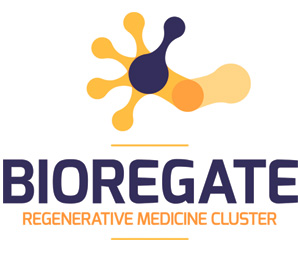In order to assess the therapeutic potential of cell-based strategies, it is of paramount importance to elaborate and validate tools for monitoring the behavior of injected cells in terms of tissue dissemination and engraftment properties.
Here, we apply bismuth ferrite harmonic nanoparticles (BFO HNPs) to in vitro expanded human skeletal muscle-derived stem cells (hMuStem cells), an attractive therapeutic avenue for patients suffering from Duchenne muscular dystrophy (DMD). We demonstrate the possibility of stem cell labeling with HNPs.
We also show that the simultaneous acquisition of second- and third-harmonic generation (SHG and THG) from BFO HNPs helps separate their response from tissue background, with a net increase in imaging selectivity, which could be particularly important in pathologic context that is defined by a highly remodelling tissue.
We demonstrate the possibility of identifying <100 nm HNPs in depth of muscle tissue at more than 1 mm from the surface, taking full advantage of the extended imaging penetration depth allowed by multiphoton microscopy in the second near-infrared window (NIR-II).
Based on this successful assessment, we monitor over 14 days any modification on proliferation and morphology features of hMuStem cells upon exposure to PEG-coated BFO HNPs at different concentrations, revealing their high biocompatibility.
Successively, we succeed in detecting individual HNP-labeled hMuStem cells in skeletal muscle tissue after their intramuscular injection.

